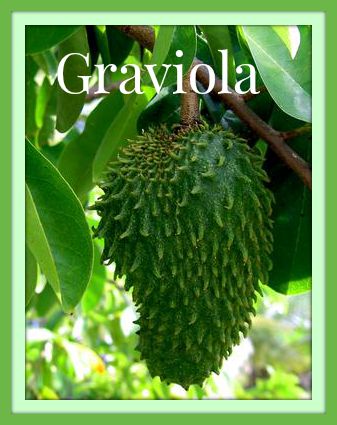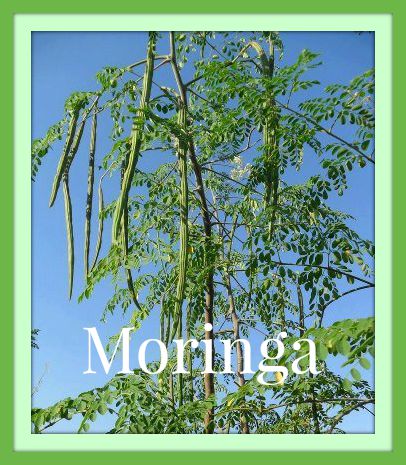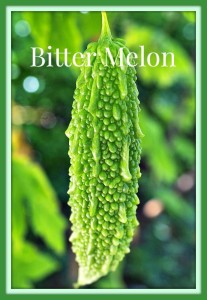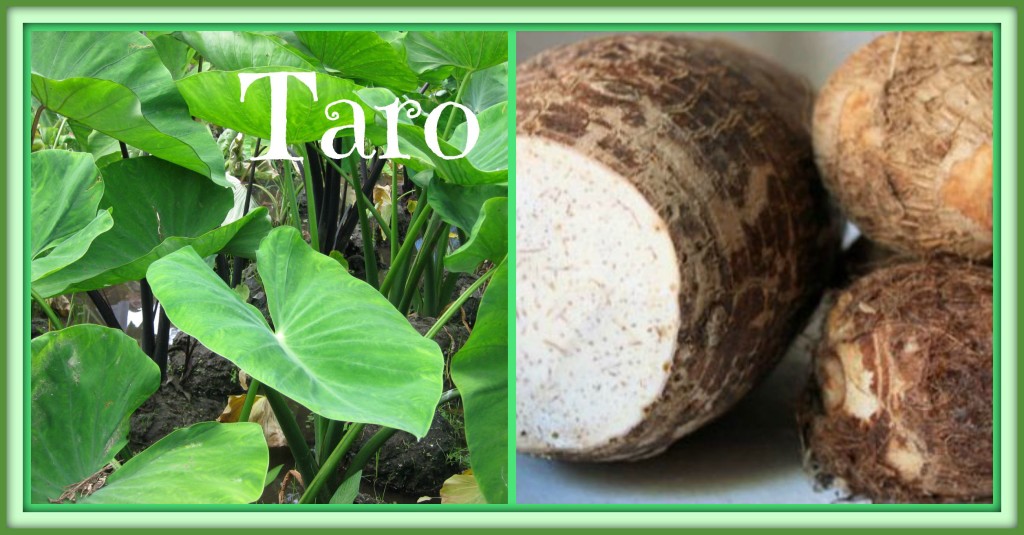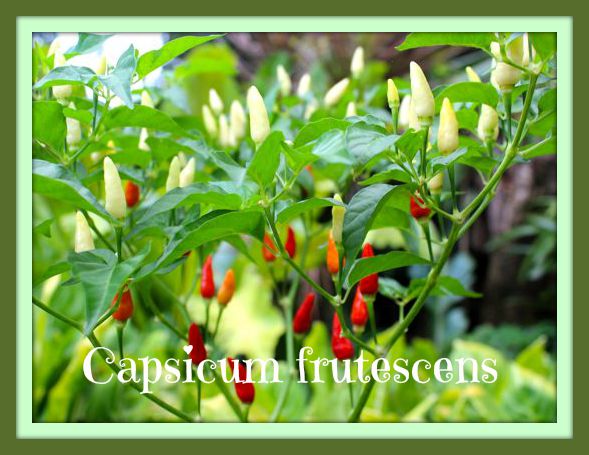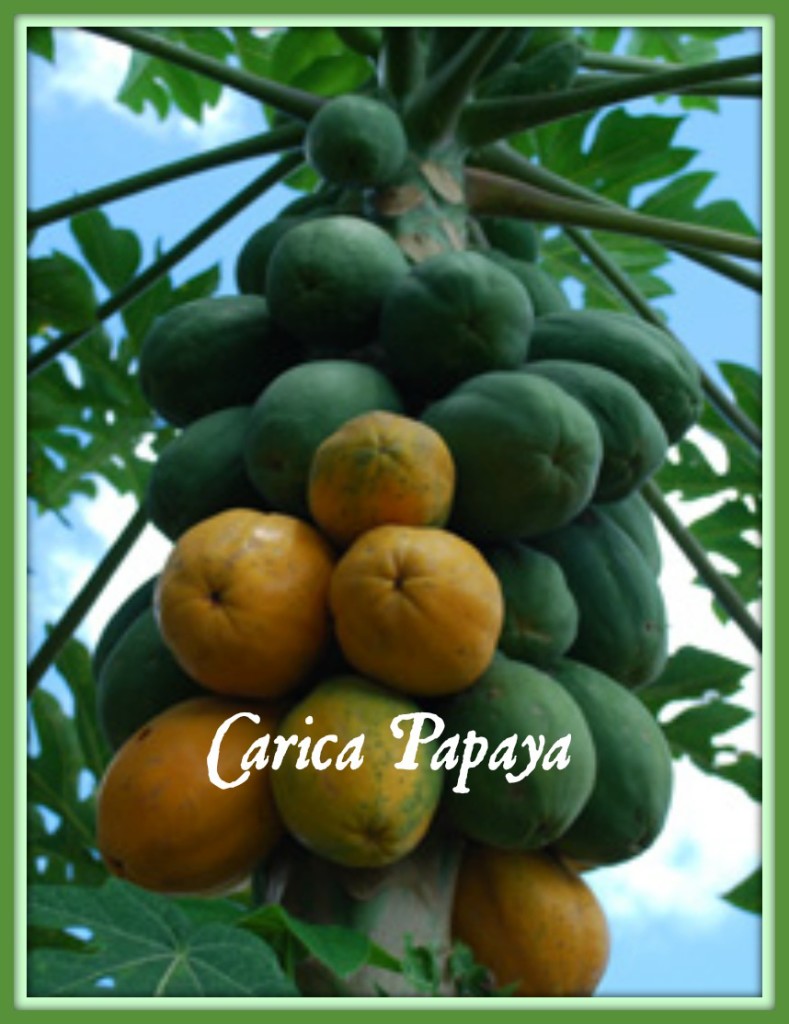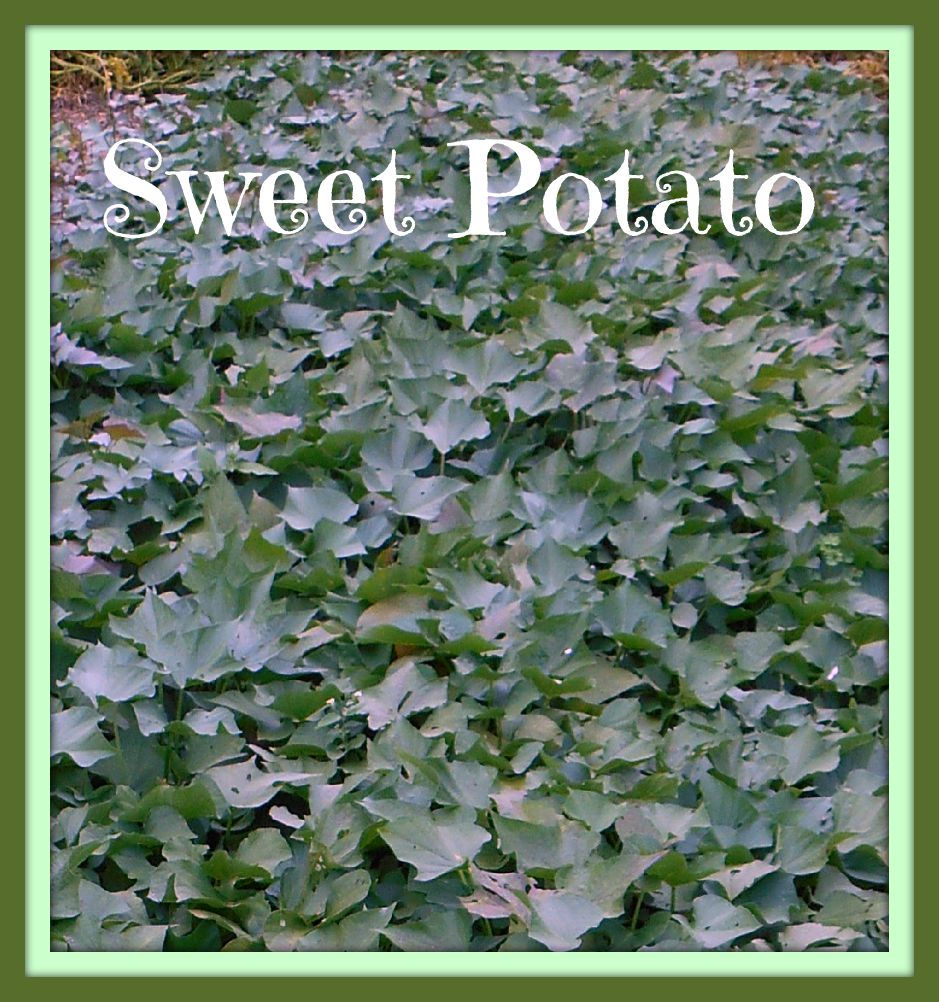Goodness, me! Wellness, me! Yeah, another one of those nutritionals, you say? No, believe me, this one’s different! Let me tell you why…
All-natural Spirulina and Chlorella from the sea, sun-ripened Acerola cherries from Napa Valley, organic home-grown Wheat Grass and sprouted Flaxseed from your very own reliable kitchen, Noni Fruit from Hawaii, Ginseng and Ginko from exotic China, pure and high-grade Green Tea from Japan, dear old Lemon from your own backyard or local family market, organic Broccoli and Blueberries from your grandma’s garden, Cat’s Claw from the Amazon rainforest, Turmeric from the jungles of India, Nopales from the deserts of Mexico, Pink Salt from the mystical Himalayas! Whoa! Yes, we have seen it all! Some have come and gone, others have come to stay! Yes, we do get nutritional extracts from all over the world. God is fair and just, isn’t He? He spread it equally abroad to every nation, people, culture and geographical location! And now,… (*drumbeat rolls*) enter the treasures of the Tropical Rainforest!
———————————————————
Tropical Treasures
These are plants indigenous to the tropical rainforest regions of the world – Asia and Latin America. They are loaded with vitamins, minerals and phytonutrients. Phytonutrients (“phyto” means “plant”) have been studied only in the last 30 years or so and have not been totally identified, nor their full benefits been disclosed by our present-day technology. Unlike the basic food components we know which are protein, carbohydrates, fats, fiber, minerals and vitamins, phytonutrients are not considered essential. However, the phytonutrients are the components found in medicinal plants that have been traditionally used to treat or prevent human diseases. The fruits and vegetables described here are commonly consumed by South American and Southeast Asian peoples in their daily diet but these same plants have recently shown a lot of promise in treating or preventing various illnesses, while some have been traditionally used for medicinal purposes even in ages past. These are the plants from which the VGWellness products have been extracted and hygienically packed under USFDA approved facilities and procedures in California, USA. The VGWellness raw materials for Moringa, Bitter Melon, Taro, Capsicum frutescens, Carica papaya, Mangosteen and Sweet Potato come from farms all over the world while Graviola comes from the rain forest of Brazil. Only raw materials that meet the strict FDA requirements for standards of hygiene (includes tests for E. coli and other microbial levels) and purity (includes tests for heavy metals and radioactive fallout) are accepted for processing at our FDA-approved facilities in Loma Linda, California, USA.
Graviola
Graviola (Soursop) is a delicious, succulent fruit known for its anti-cancer properties. It is green and a bit prickly on the outside, white, luscious and fibrous on the inside. The tree bearing it grows high and spreading. The fruit is loaded with Vit C and fibre and is very much a part of the diet of the locals in Southeast Asia and the Amazon countries where it naturally grows in the rainforests. Traditionally, the leaves are made into tea for alleviating high-blood pressure, insomnia, fevers, stomach and liver disorders, diarrhea, dysentery, headaches, diabetes, lung and pancreatic cancers, and even for deworming. (1)
Although Graviola is rumored to be effective against cancer, there is a dearth of scientific studies on the anti-cancer properties of Graviola (Annona muricata). Apparently, there are claims that studies have been done but are being made unavailable to the public because pharmaceutical companies will stand to lose from the drop in sales of chemotherapy drugs. Sounds like a conspiracy theory? (1)
Malunggay
Malunggay (Moringa) is a leafy vegetable that grows from a woody tree. Its tree does not grow very high, thus, it is easy to harvest. It is usually mixed in soup together with other ingredients like chicken, green papaya fruit, tomatoes and ginger, or with mung bean. It is very rich in Vit A, calcium and amino acids. Traditionally, the women in the Philippines eat this a lot while they are lactating because it is observed to help the mother in making milk for her baby and keeping her healthy while coping with the demands of nursing. Traditionally, in the absence of industrial disinfectants and medicine in the wild, the natives would chew on the leaves to soften it and then use it as a poultice over a cut or abrasion. It is observed to heal the wound fast. Studies have shown that Malunggay (Moringa) extract is effective in helping control blood sugar and cholesterol levels. (2) Traditional medicine in India, where Moringa is known as “Drumstick Tree,” uses it as a treatment for diabetes and hypertension. There are also studies showing its potential for controlling growth of cancer cells. (3) Moringa is also documented to have great health benefits for our liver, kidney and circulatory system; it has also been shown to have anti-biotic, anti-ulcer, anti-oxidant, anti-high blood pressure, anti-anemia, anti-stress and anti-inflammatory effects.
Users of VGWellness Moringa testify that their nails don’t break as easily and their hair don’t fall as much; some grey-haired users say their hair have turned darker. There has been testimonies of recovery from carpal tunnel. It has healed my own “trigger finger” malady. You can read my testimony here.
Bitter Melon (Ampalaya)
Bitter Melon (Ampalaya) is a common tropical vegetable that has a bitter taste. Even so, it is a popular vegetable in Asia cooked either mixed with other ingredients in a casserole, soup, or sauteed with scrambled eggs, onions and garlic. The Chinese people traditionally believe that anything that has a bitter taste is good for the human body because “medicine” is always bitter. True enough, its bitterness comes from its rich antioxidant content made up of phenols, flavonoids, isoflavones, terpenes, anthroquinones, and glucosinolates, the very components that make bitter melon our potent health booster! Bitter melon is also rich in vitamin C, vitamin A, vitamin E, vitamins B1, B2 and B3, as well as vitamin B9 (folate); it is also loaded with minerals including potassium, calcium, zinc, magnesium, phosphorus and iron, and is a good source of dietary fibre. Studies have shown that it has hypoglycemic effects although present-day data have not established that it can be used for treatment. Bitter melon is a traditional medicine for diabetes in India and this is well-reviewed. (4) It contains substances with anti-diabetic properties such as charantin, vicine, and polypeptide-p. These substances are suspected to act like insulin which helps reduce blood sugar levels.
Studies have shown that bitter melon juice has potential in treating pancreatic cancer and can lower bad cholesterol and sugar levels (4). According to the WebMD website the traditional uses of bitter melon as treatment include: “various stomach and intestinal disorders including gastrointestinal (GI) upset, ulcers, colitis, constipation, and intestinal worms. It is also used for diabetes, kidney stones, fever, a skin condition called psoriasis, and liver disease; to start menstruation; and as supportive treatment for people with HIV/AIDS. Topically, bitter melon is used for deep skin infections (abscesses) and wounds.”
Taro
Taro (Colocasia esculenta) is a vegetable that originated from Asia but is now commonly consumed by almost everyone. Its corm is the most popular edible part of the plant but the leaves, stems and runners are also edible. It is a staple food of African, Southern Indian and Oceanic cultures. The low colorectal cancer incidence among Polynesians seem to point to their copious consumption of poi / taro, their staple food. Scientific studies do support that taro has potential anti-cancer activities. (5)
Capsicum frutescens (Cayenne Pepper)
Capsicum frutescens or cayenne pepper is rich in vitamin C and alpha-tocopherol (vitamin E). Capsicum also contains carotene, an antioxidant known for its anti-cancer and anti-cardiovascular disorder properties. It also contains vitamin A, beta-carotene, B vitamins and the minerals cobalt and zinc. Its potent component, Capsaicin, is used for treating a variety of health concerns like arthritis and inflammations in general. (6)
Papaya
Papaya (Carica papaya) is known for its enzyme papase, found in its fruits and leaves, from which is obtained the medically-renowned “papain” – an anti-inflammatory drug. This is on top of the high vitamin A and C levels in its yellow-orange fruit. Pawpaw, as it is also often called, is a common fruit eaten daily but especially popular in the diet of Asian elderlies who want to control inflammation through diet. Traditionally, Asians eat papaya to alleviate constipation. It is also used for treatment of throat inflammations, worms and psoriasis. Papain is also used as a clarifying agent in beer manufacture and as a meat tenderizer. It is also an ingredient in chewing gums and toiletries like toothpaste, shampoo, facial creams. (7)
Mangosteen
Traditionally, the fruit hull of mangosteen have been used in treating skin infection, wounds and diarrhea in Southeast Asia. Studies have shown that the xanthones from the mangosteen extracts have inhibitory effects on the growth of liver, breast, lung cancer cells, leukemia cells and other cancer cells in general. They also showed anti-tuberculosis, anti-heart-disease and anti-diabetic potential, as well as potential to lower blood pressure. They have also been shown to inhibit the replication cycle of HIV, anti-allergic and anti-inflammatory properties, and the xanthone mangostin has particularly shown potent antioxidant activity. (8)
Sweet Potato
Like carrots, sweet potato leaves is high in beta-carotene, the precursor for vitamin A synthesis in our body. It is extremely high in vitamin A and also high in vitamin C, riboflavin and folate. Vitamins A and C are both antioxidants and folate supplementation in pregnancy helps prevent birth defects. Sweet potato (Ipomoea batatas) leaves is also a good source of protein, niacin, calcium and iron, and a very good source of dietary fiber, thiamin, vitamin B6, magnesium, phosphorus, potassium, manganese, lutein and xanthine. It has such exceptionally high levels of vitamins and phytonutrients that studies have shown it has tremendous protective potential against oxidative illnesses like cancer, allergies, HIV, cardiovascular problems, and aging in general. Sweet potato leaves contain higher concentrations of polyphenols than major commercial vegetables such as spinach, broccoli, cabbage and lettuce. Polyphenols are powerful antioxidants and are thus, anti-carcinogenic. Researches have shown that sweet potato leaves have anti-diabetic compounds (acidic glycoprotein) that reduce blood glucose content in rats. The anthocyanin and ß-carotene content in sweet potato leaves have shown specific health benefits like reduction in liver injury, whereas, the polyphenols, vitamins and anthocyanins in it exhibit antimutagenic effects. Its high dietary-fiber content also promotes bowel movement, as well as anti-inflammatory and anti-microbial activities. Sweet potato leaves (and sweet potato) is such a superior plant food that it was selected by the U.S. National Aeronautics and Space Administration (NASA) as one of the crops to be grown in a controlled ecological life support system as a primary food source. Sweet potato leaves are currently primarily consumed only in the Pacific Islands, Asian and African countries but its superiority is recently catching the attention of the general public. (9)
So there, the eight gems of the tropical rainforest! The studies done on them are mostly at animal-testing level only but there is so much potential in the results, and they have been used so much in traditional medicine for ages, that now they come to you in capsule form! We may prefer to consume these fruits and vegetables in their fresh, natural form but they are not always available to us, especially for us here in the temperate countries. Also, we may have to eat tons of them before we can have the healing results that we desire for our aches and ailments, whereas, the VGWellness products deliver to you their isolated, potent, active ingredients in easy-to-swallow capsules!
Want to know more? Please watch out for this space, I have more blogs coming. I will explain why these common plants found in the Asian diet are so potent for the ailments of our generation. I will also explain why I think this business is so much better than other direct-selling nutritional businesses you have heard of before. Thank you so much for reading this far, God bless you, and see you around! Cheerio!
————————————————————————————–
References —
(1) The benefits of Graviola:
Traditional Medicinal Uses of Graviola (Accessed June 15, 2015)
Claim that Graviola is a Potent Cancer Cell Killer, 10,000 times more effective than chemotherapy. (Accessed June 15, 2015)
(2) Studies showing that Moringa extract helps in lowering blood sugar and cholesterol.
1. Alpha-glucosidase inhibitory actiity and lipid-lowering mechanisms of Moringa oleifera leaf extract. (Accessed May 11, 2015)
2. Hypocholesterolemic effects of crude extract of leaf of Moringa oleifera Lam in high-fat diet fed wistar rats. (Accessed May 11, 2015)
3. Comparative Effects of Moringa Oleifera Lam. Tea on Normal and Hyperglycemic Patients (Accessed May 11, 2015)
4. Effect of Moringa oleifera Lam. leaves aqueous extract therapy on hyperglycemic rats. (Accessed May 11, 2015)
5. Effects of 2-azafluorenones on phosphatidyl-inositol specific phospholipase C activation in c6 glioma cells. (Accessed May 11, 2015)
(3) Studies that show anti-cancer properties of Moringa
1. Antiproliferation and induction of apoptosis by Moringa oleifera leaf extract on human cancer cells. (Accessed May 11, 2015) 597
2. Nigerian foodstuffs with prostate cancer chemopreventive polyphenols (Accessed May 11, 2015)
3. Chemomodulatory effect of Moringa oleifera, Lam, on hepatic carcinogen metabolising enzymes, antioxidant parameters and skin papillomagenesis in mice (Accessed May 11, 2015)
(4) Reviews and studies on antidiabetic or hypoglycemic effects of Ampalaya (Bitter Melon)
1. Antidiabetic effects of Momordica charantia (bitter melon) and its medicinal potency. (Accessed May 11, 2015)
2. Bitter gourd (Momordica charantia): A dietary approach to hyperglycemia. (Accessed May 11, 2015)
Other studies on the medicinal benefits, efficacy and safety of Ampalaya (Bitter Melon):
1. Bitter melon juice activates cellular energy sensor AMP-activated protein kinase causing apoptotic death of human pancreatic carcinoma cells. (Accessed May 11, 2015)
2. A case of atrial fibrillation due to Momordica charantia (bitter melon). (Accessed May 11, 2015)
3. Bitter Melon (Accessed May 17, 2015)
4. Bitter Melon (Momordica charantia): a review of efficacy and safety (Accessed May 1, 2015)
(5) Studies on Taro’s anti-cancer potential (rectal and breast cancer)
1. The anti-cancer effects of poi (Colocasia esculenta) on colonic adenocarcinoma cells In vitro. (Accessed May 17, 2015)
2. Antimetastatic activity isolated from Colocasia esculenta (Taro) (Accessed May 17, 2015)
3. Anti-metastatic effect of polysaccharide isolated from Colocasia esculenta is exerted through immunostimulation. (May 17, 2015)
(6) Scientific papers on the medicinal properties of cayenne pepper
1. More Than Spice: Capsaicin in Hot Chili Peppers Makes Tumor Cells Commit Suicide. (Accessed June 1, 2015)
2. Ion channel TRPV1-dependent activation of PTP1B suppresses EGFR-associated intestinal tumorigenesis. (Accessed June 1, 2015)
3. The potential antitumor effects of capsaicin. (Accessed June 1, 2015)
4. Capsaicin treatment attenuates cholangiocarcinoma carcinogenesis. (Accessed June 1, 2015)
5. Capsaicin induces apoptosis in MG63 human osteosarcoma cells via the caspase cascade and the antioxidant enzyme system. (Accessed June 1, 2015)
6. Antitumor activity of capsaicin on human colon cancer cells in vitro and colo 205 tumor xenografts in vivo. (Accessed June 1, 2015)
7. How spicy foods can kill cancers (Accessed June 1, 2015)
(7) Studies on the medicinal properties of Papaya
- Papaya (Accessed July 15, 2015)
2. Papain (Accessed July 15, 2015)
(8) Mangosteen medicinal properties
A Summary of 31 Mangosteen Studies by Narace D. Seudeal, Ph.D. (Accessed July 16, 2015)
Phytonutrients (Accessed July 16, 2015)
(9) Scientific papers on the health and medicinal benefits of Sweet Potato Leaves
- Nutritional and Medicinal Qualities of Sweetpotato Tops and Leaves (Accessed Aug 24, 2015)
- Sweet potato leaves: properties and synergistic interactions that promote health and prevent disease. (Abstract) (Accessed Aug 24, 2015)
- Encouraging Consumption of Sweet Potato Leaves as a Vegetable in Kenyan Urban Areas (Accessed Aug 25, 2015)
- Purple sweet potato leaves (Accessed Aug 25, 2015)
- Sweet potato leaves (Accessed Aug 25, 2015)
————————————————————————————————-
If you wish to purchase our products and / or wish to join me in this direct-selling business, or you just wish to know more about the products and the business, without any obligation to buy or join, please email me at:
At the moment, this business is open only to US residents or anyone who owns a USA Social Security No. If you live outside the USA and wish to buy the product/s, please email me so I can arrange a shipping for you:
If you are not interested in any of these products please just keep visiting my site. I will keep on blogging on all topics, including “Happiness” and “Joy.” Thank you so much for dropping by!

